This article was originally published in conjunction with Underscore VC. When initially engaging would be buyers of your product, it’s important to have the right mindset and focus on what’s immediately important. Acquiring first customers is a process and having the right mindset can make all the difference and it’s a good place to start. This is the first in a series of three articles focused on early customer acquisition.
We’ve all heard entrepreneur origin stories. At some point, many founders utter the phrase, “There has to be a better way….” If you’re reading this, you’ve probably said it yourself.
Since then, you’ve worked tirelessly to find a solution. Now you’ve got a great idea, half a product, maybe some money… but no customers. If you find yourself in this position, it might be time to connect and build relationships with target customers within a Minimum Viable Segment (MVS). That starts with reaching out to people and learning about what’s going on in their world.
While every entrepreneur’s journey is different, there are some tried and true techniques for building relationships with your first customers. The very first step includes shifting your own mindset to a customer-centric one. This will help you develop a strong market strategy and position yourself for revenue growth.
The Mindset for Getting First Customers
Imagine: You sit down (or Zoom chat) with a person you’ve never met before. They’ve decided to share some of their precious time with you. And you want their candid feedback. How would you start the conversation? How will you get them to relax, open up, and share their honest experience?
When you work so hard on your product or idea, it can easily become all you think about—and all you talk about. Beware! Talking about your product or idea ad nauseam can alienate your potential customer. It’s time to put any potential customers’ needs ahead of your own and focus on customer success.
Ultimately, people just want to be heard and understood. To have an open and honest conversation, you need to gain their trust. Help them feel like you’re focused on solving some of their most pressing problems or accelerating their professional ambitions. And for that, you’ve got to sit back, listen, and learn.
It’s critical to keep in mind: If they’re talking, you’re winning; if you’re talking, you’re losing. As you think about how to structure this conversation, here are a few questions to ask yourself.
”It’s critical to keep in mind: If they’re talking, you’re winning; if you’re talking, you’re losing” – @MichaelSchuman2
Questions to Ask Yourself
As you go into this conversation, you have to be able to understand their perspective and speak their language. This demonstrates a level of credibility and shows you really understand the problem. These questions will help you gain internal clarity, which sets you up to say, “This is what we hear in the market…”
- What is the problem? [Identify your ideal customer’s pain points]
- Who is your customer? Narrow the field to your top five to 10 candidates. [Define your target audience]
- Who has this problem?
- Who cares the most about solving it? [Consider roles within target companies, e.g., CFO vs COO]
- What’s their title? In which industries do they work?
Why should they be talking to you?
- What is your solution’s business impact? [Quantify the value proposition]
- What are the true costs of your solution? [Be transparent about pricing and implementation]
Note: Think about both your own fees plus any internal costs they can expect during implementation such as time or lost productivity.
- What is your competitive landscape? [Identify your competitors and your competitive advantage]
- What are the alternatives?
- How much do they cost?
- How effective are they?
Questions to Ask Your Potential Customer
Now that you’ve put yourself in the customer’s shoes, it helps to brainstorm a list of questions to guide these conversations. Start by thinking about your ideal outcome. You might simply want someone to answer a specific question, or maybe you’re ready to provide an agreement and deliver results. Let your goal guide your questioning.
The following questions are suggestions. Considering tailoring them to help you achieve your goal. That way, you can sit down and say, “I’ve got five questions, and I’d love to get your perspective.” Who doesn’t love to give their opinion?
Remember that people reveal information in layers. Be curious and simply have a conversation.
- How are you currently solving this problem? [Understand their current process]
- How much does it cost you to solve it? [Quantify their current pain points]
- How effective is this current solution?
- How much is the problem costing you? [Highlight the negative impact of the problem]
- What are the bottom-line impacts due to the costs?









